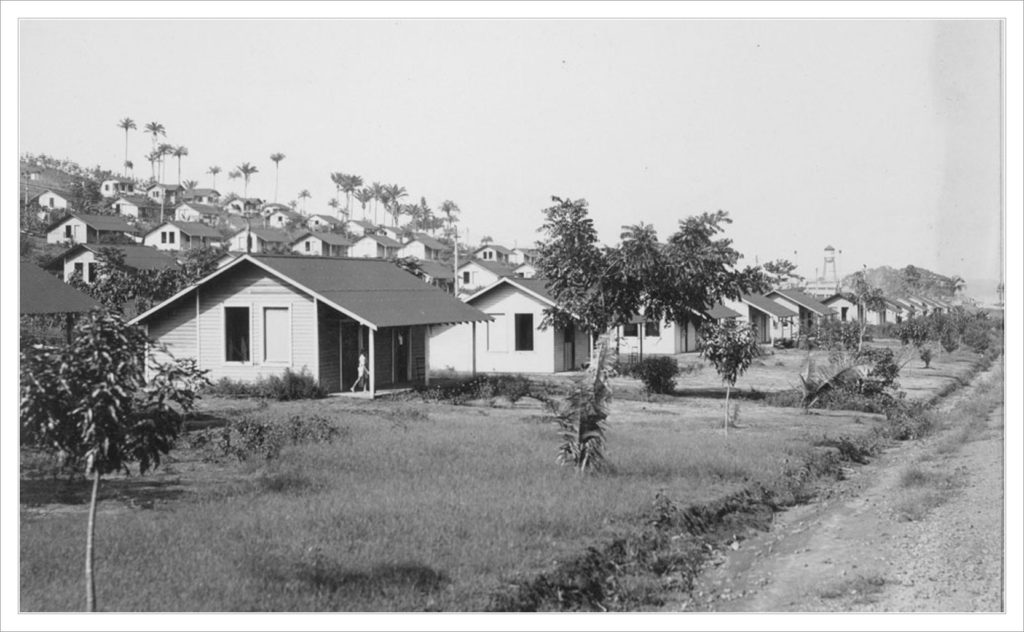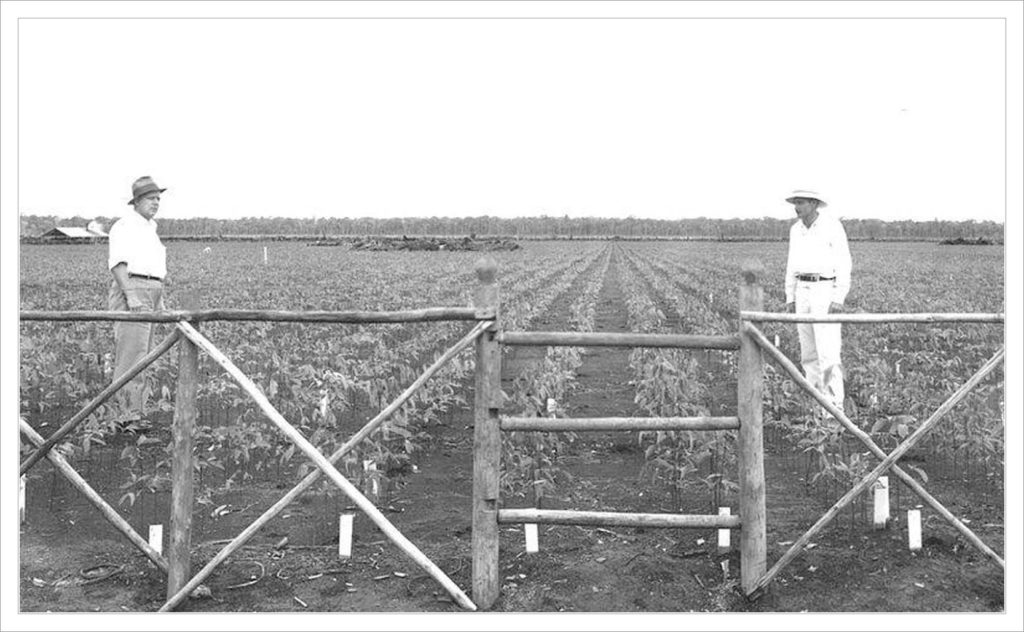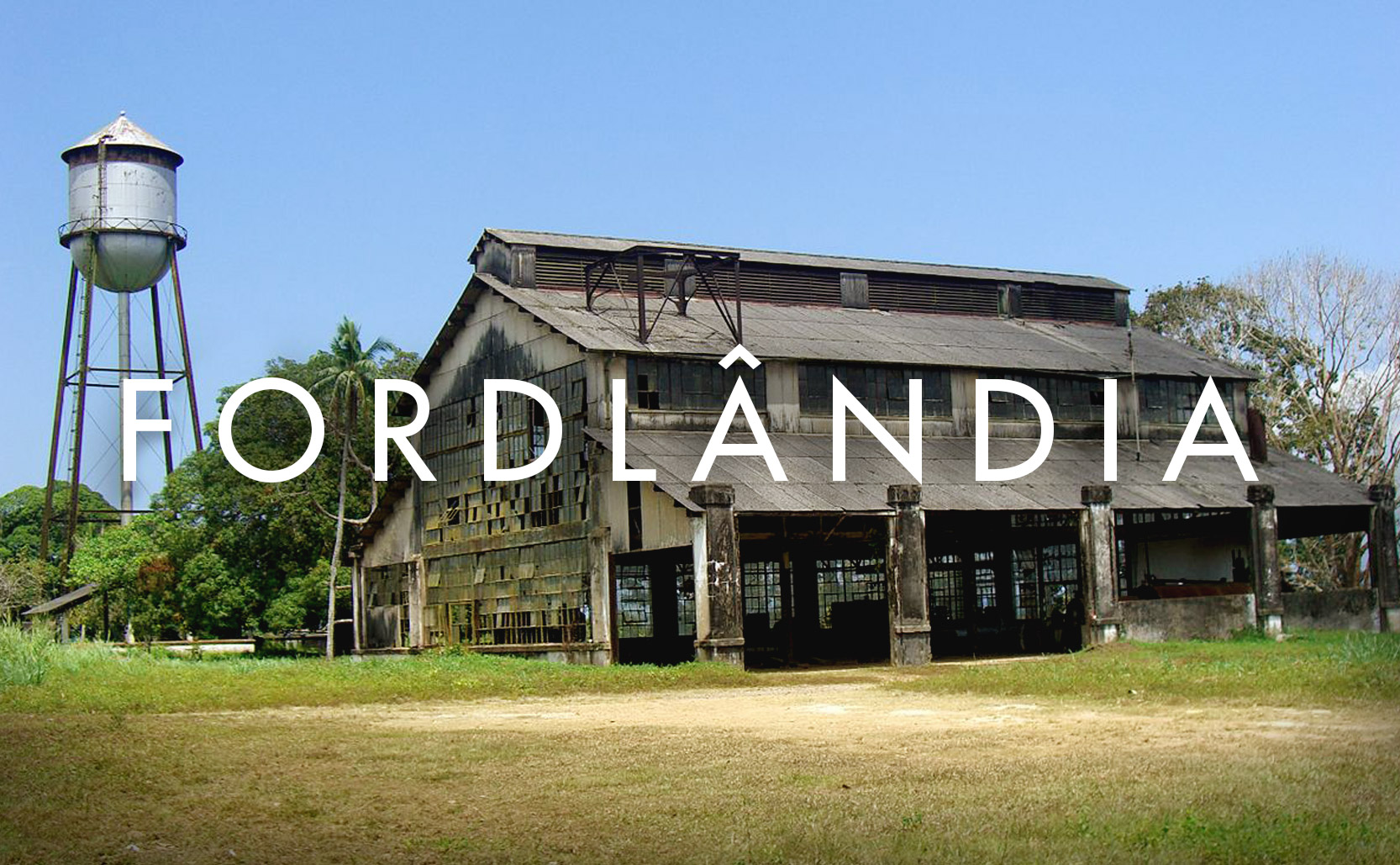In 1928 Henry Ford built a town in the Amazon Rainforest to try and cut out the middle-man and produce his own rubber. It was a failure.
During the rising success of his automotive company, Henry Ford (famed industrialist, Nazi sympathizer, and know anti-semite who believe that Jews were controlling the banks and that Jazz was a Jewish conspiracy) realized that he had a problem with rubber. The source of the rubber used in Ford automobiles (for tires, hoses, belts, etc) was controlled by European colonial plantations in Asia. He was dependent on them and was at their mercy.
So in 1928 Ford launched a plan to produce his own rubber, a plan that would allow him to cut out the middle-man. Ford purchased 2.5 million acres of Amazon Rainforest from the Brazilian government to grow rubber trees. To cultivate and process this rubber he created a prefabricated town for 10,000 workers, and he called it Fordlândia.
Fordlândia
The town was a slice of Michigan in the middle of the Amazon. It had American style homes, white picket fences, hospitals, schools, a golf course, tennis courts, a movie theater, swimming pools, etc. Stray dogs were caught and puddles were drained to reduce the possibility of malaria carrying mosquitos. The town was also a cultural project where employees would have to follow Henry Ford’s ideas of healthy living. There was no alcohol, almost no women, they had to eat oatmeal and canned peaches, and employees were encouraged to participate in poetry readings, square dancing, and gardening.



Eventually Fordlândia failed. The Brazilian workers grew tired of following Ford’s rules for how to conduct their lives during their off-hours. They revolted more than once and took trips to the “Island of Innocence” which was a bar / brothel just upriver from town. Some of the Ford managerial employees went mad in the jungle, as was the case with Mr. Johansen who bought perfume from a trading post upriver and started chasing farm animals shouting “Mr. Ford has lots of money; you might as well smell good too.”
As for the rubber trees, Ford ignored agricultural experts and had the trees planted too close together in poor rocky soil. They developed blight, they became a salad bar for the local insect population, and failed to ever really produce rubber. Fordlândia was abandoned in 1934 and the project moved to new land 25 miles downstream, but with the invention of synthetic rubber the entire project was shut down for good in 1945. Over 17 years Ford spent $25 million on Fordlândia, or around $379 million in 2019 dollars. The land was sold back to the Brazilian government for just $244,200. Fordlândia was an expensive commercial & social failure. Henry Ford never visited Fordlândia.
Over the years the Brazilian government tried to use the town but eventually abandoned it. By the early 2000s less than 100 people lived there but the space has seen a renewal. Today, while much of it is in ruins, the habitable areas are home to around 3,000 Brazilians.





